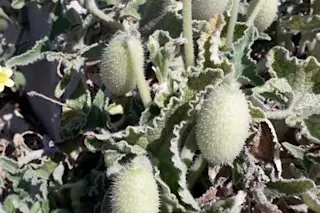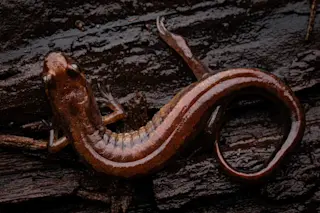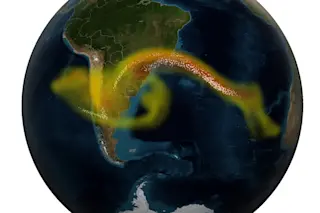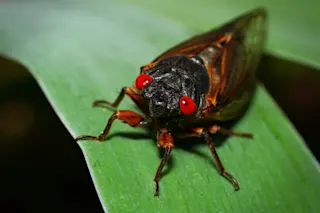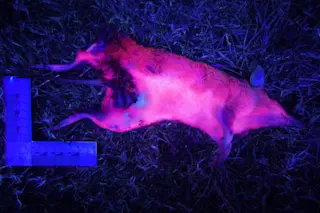On a cold, sunny October day, I travel with Paul Rogers, an ecologist at Utah State University, to see the largest known living organism on Earth. The creature resides in the high mountains of southern Utah on public land. It’s a 106-acre aspen stand named Pando — literally, “I spread,” in Latin. Linked by a single root system, Pando consists of tens of thousands of genetically identical trees, cloned from a sprout that emerged after the last glaciation in southern Utah, roughly 13,000 years ago. At some point since then — we don’t know exactly when, because we don’t know how old Pando is — this enormous being germinated from a seed the size of a pepper grain.
Pando is dying, and Rogers has been trying to figure out why. The 55-year-old has studied quaking aspen for more than two decades. Disease, blight, climate change and wildfire suppression have all ...







